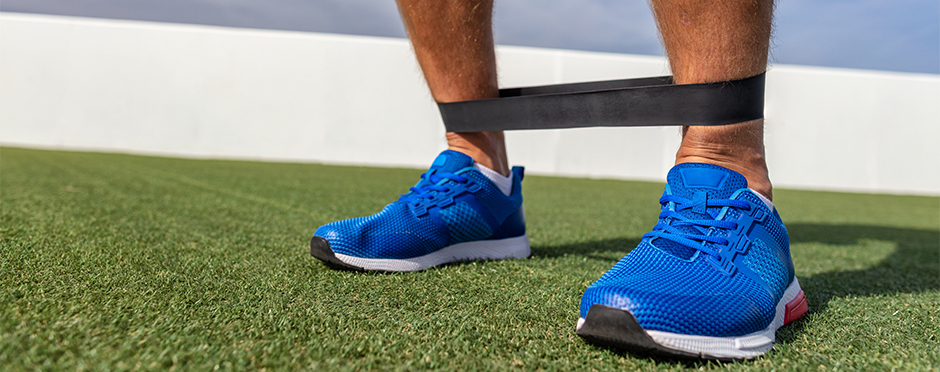
Body Parts You’re Neglecting During Workouts
Leave a CommentSquat, bench, chin up and deadlift. What do all of these exercises have in common? They stimulate a lot of total musculature and are a great start to building a strong and aesthetic physique. Most people will progress just fine focusing on those few exercises; of course, they can sprinkle some others in there, but the nuts and bolts are there. While these exercises stimulate many muscles, they don’t do a great job of stimulating all of them effectively. It’s these body parts that need some extra work to get enough stimulus to make adaptations, and these muscles are key to providing support to your joints during your workouts and your life.
The muscles that are often neglected for the major joints are:
- The rotator cuff muscles for the shoulder
- The gluteus medius for the hip
- The hamstrings for the knee.
These muscles are very easy to target with a few easy-to-learn exercises. Not only will this lead to a more well-rounded physique, but you will also have done work to help further prevent common ailments that occur with aging.
Shoulder Joint
The muscles most often neglected are the infraspinatus and teres minor. These muscles work to externally rotate the shoulder, providing support while performing pressing-type exercises (horizontal movements like the bench press). These two exercises can be done for 2-4 sets for 15-20 repetitions. The focus should be placed on controlling the range of motion during external rotation and lateral raise exercises.
Hip Joint
The muscle most often neglected in the hip joint is the gluteus medius. The gluteus maximus gets a lot of stimulation from different lower body movements. Still, since these exercises are usually in the sagittal plane of motion (think squat motion), the gluteus medius gets little exposure to proper loading. Single leg exercises can help with this but be sure to move your legs sideways away from your body (frontal plane of motion). This movement will hit this muscle to a greater degree. Lateral walking with a band around your ankles or knees is a great way to target the gluteus medius within a frontal plane of motion, and this exercise is great to perform for a warm-up. Perform this lateral walk for four rounds of 25ft and stay facing the same way you walk down and back the 25ft.
Knee Joint
The hamstrings (semitendinosus, semimembranosus, and biceps femoris) are often neglected in the upper legs. These muscles work to flex the knee, with the biceps femoris influencing extending the hip since it is a bi-articulate muscle. (Bi-articular muscles are commonly found in the upper and lower extremities of the human body. These muscles generally cross two joints and influence movement at both.) They get a good amount of stimulation from hip hinge activities, ex. Deadlifts, Romanian Deadlifts (RDLs), but require extra knee motion to get a proficient stimulus across the whole muscle belly. Performing a leg curl in a seated or prone position will target these muscles effectively to help increase knee joint stability. Perform either of these exercises for 2-4 sets for 10-15 repetitions.
This exercise list is great to add into your current routine 1-2x/week and can be done at any time during your workout. After a few weeks of consistently working these, you will see a demonstrable increase in how your other lifts feel, and the potential for strength increase is also there. If you are unsure of how to implement these into your routine, reach out to your local Athletico to schedule a Free Assessment today. Free assessments are available in-clinic or virtually through our Telehealth platform.
*Per federal guidelines, beneficiaries of plans such as Medicare, Medicaid, Tricare, VHA and other federally funded plans are not eligible for free assessments.
The Athletico blog is an educational resource written by Athletico employees. Athletico bloggers are licensed professionals who abide by the code of ethics outlined by their respective professional associations. The content published in blog posts represents the opinion of the individual author based on their expertise and experience. The content provided in this blog is for informational purposes only, does not constitute medical advice and should not be relied on for making personal health decisions.
